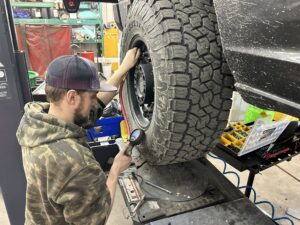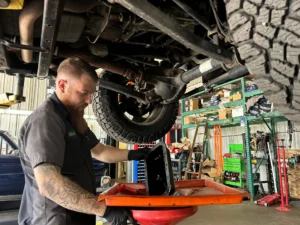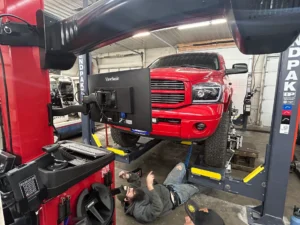Understanding Your Sway Bar
Whether you’re new to the trails or a seasoned explorer, understanding the sway bar’s role and functionality can significantly enhance your off-road experience.
What is a Sway Bar?
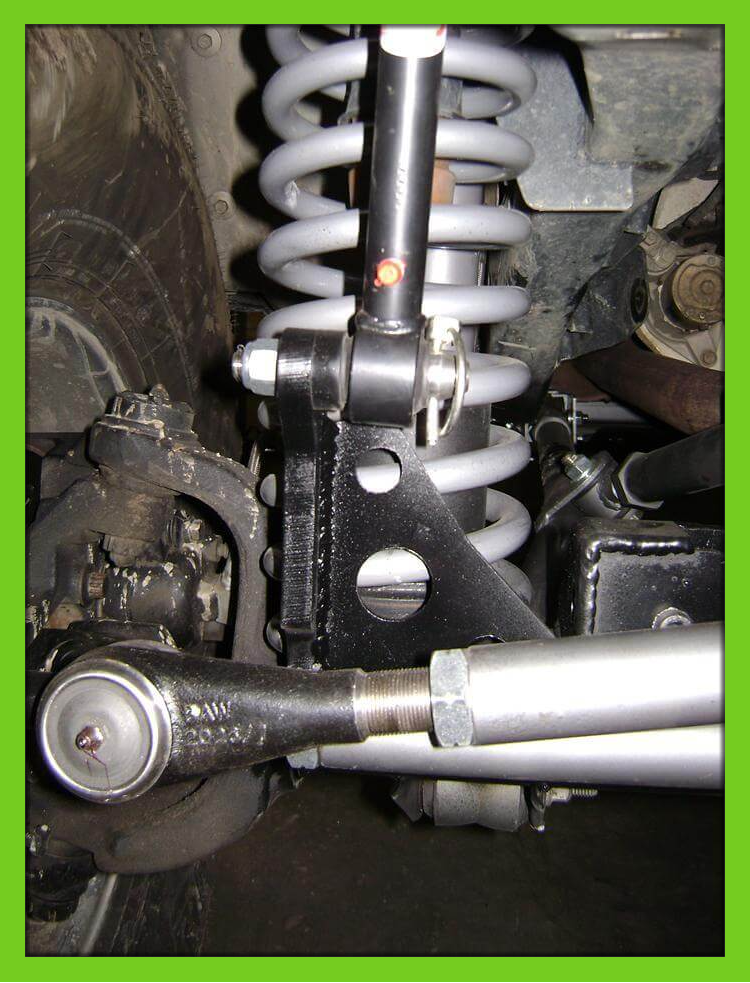
A sway bar, also known as an anti-roll bar, is a crucial part of your vehicle’s suspension system. Its primary function is to reduce body roll during fast cornering or over road irregularities. It connects the opposite (left and right) wheels together through short lever arms linked by a torsion spring. By doing so, it adds stiffness to the suspension system and keeps the vehicle more stable during turns, ensuring a safer and more comfortable ride on paved roads.
The Importance of the Sway Bar in Off-Roading
While the sway bar is indispensable for maintaining stability on highways and city streets, the scenario changes dramatically when you take your vehicle off the beaten path. Off-roading demands maximum flexibility and tire contact with the ground to navigate through uneven terrain, rocks, and obstacles.
Flexibility and Articulation
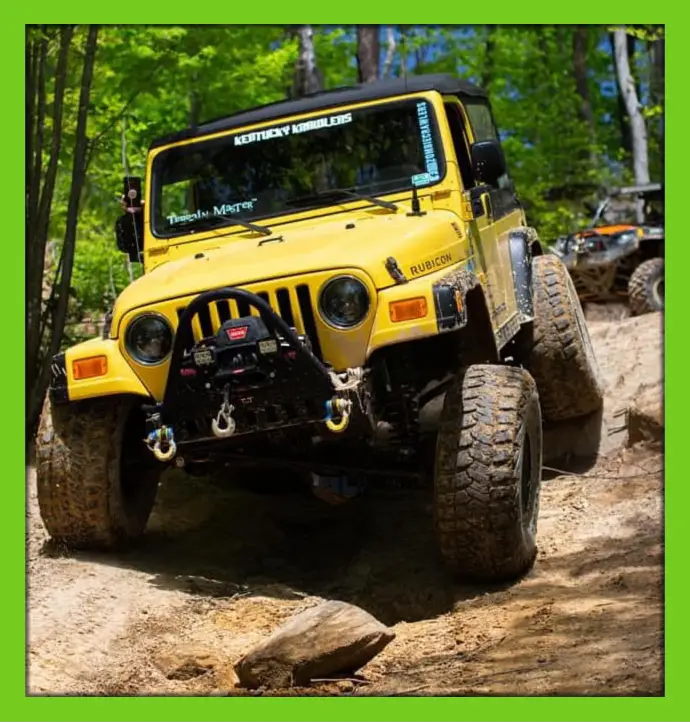
Articulation refers to the ability of your vehicle’s wheels to move up and down independently. More articulation means better ability to maintain contact with the ground on uneven surfaces, which is crucial for off-road traction. The sway bar, designed to limit this independent movement to reduce body roll, can restrict your vehicle’s articulation when you’re off-roading.
Enhanced Maneuverability
Disconnecting your sway bar also improves your Jeep’s maneuverability, allowing you to navigate tight spaces and obstacles more easily. While disconnected, your Jeep can flex more, making it easier to tackle tight turns and navigate through narrow passages without getting stuck or losing control.
Why Disconnect Your Sway Bar for Off-Roading?
Disconnecting before hitting the trails can significantly improve your vehicle’s off-road capability. Without the sway bar linking the wheels, your vehicle can achieve greater suspension articulation. This increased flexibility allows for more tire surface area to touch the ground, enhancing traction, stability, and safety on challenging terrains. Essentially, disconnecting lets each wheel move more independently, adapting to the terrain without transferring movement to the opposite wheel.
How to Disconnect
Many modern off-road vehicles, especially Jeeps, come equipped with electronic or manual sway bar disconnect systems. These systems allow you to disconnect and reconnect with the push of a button or by manually removing a pin or bolt. If your vehicle doesn’t have an automatic system, you can install aftermarket quick-disconnects that make the process straightforward.
Safety First
It’s crucial to remember that you should only disconnect your sway bar when you’re about to traverse off-road terrains. Once you’re back on paved roads, ensure to reconnect it to maintain your vehicle’s stability and safety at higher speeds.

